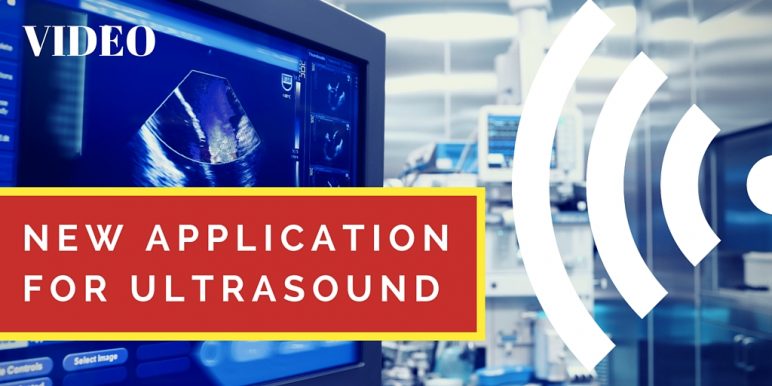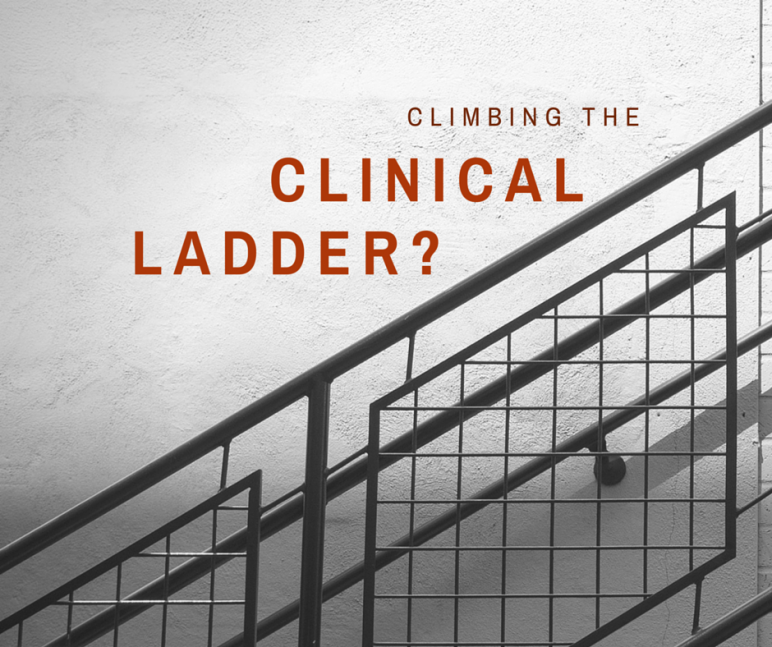 In 2015, Sentara Rockingham Memorial Hospital in Harrisonburg, Virginia earned the American College of Cardiology's ACTION Registry®-GWTG™ Platinum Award for the second consecutive year for providing superior care to high-risk STEMI patients.
In 2015, Sentara Rockingham Memorial Hospital in Harrisonburg, Virginia earned the American College of Cardiology's ACTION Registry®-GWTG™ Platinum Award for the second consecutive year for providing superior care to high-risk STEMI patients.
Sentara RMH was also recently awarded the American Heart Association Mission: Lifeline® Silver Award for STEMI.
An important quality consideration in the ACTION Registry, door-to-balloon time sets Sentara RMH and its cardiac team apart.
In a recent interview, cardiac operations manager Linwood Williams reported that Sentara RMH's average door-to-balloon time is 46 minutes compared to the national average of 59.2.
We reached out to Williams, an active Alliance of Cardiovascular Professionals member, to profile his excellent cardiac team and ask the question---how did they improve STEMI?
Continue reading RMH Cardiac Team Works with Local EMS to Improve STEMI Calls



